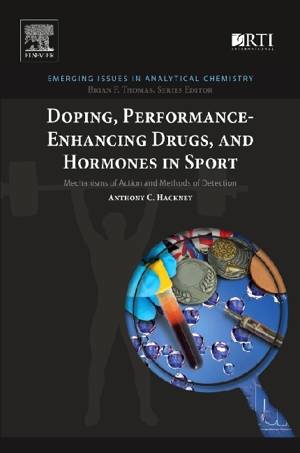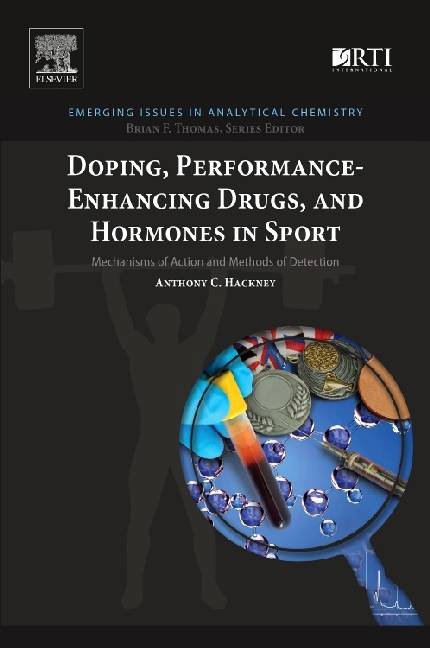
- Retrait gratuit dans votre magasin Club
- 7.000.000 titres dans notre catalogue
- Payer en toute sécurité
- Toujours un magasin près de chez vous
- Retrait gratuit dans votre magasin Club
- 7.000.000 titres dans notre catalogue
- Payer en toute sécurité
- Toujours un magasin près de chez vous
Doping, Performance-Enhancing Drugs, and Hormones in Sport
Mechanisms of Action and Methods of Detection
Anthony C HackneyDescription
Doping, Performance-Enhancing Drugs, and Hormones in Sport: Mechanisms of Action and Methods of Detection examines the biochemistry and bioanalytical aspects of performance-enhancing drugs (PEDs) and other questionable procedures used by athletes to enhance performance. The book informs the specialist of emerging knowledge and techniques and allows the non-specialist to grasp the underlying science and current practice of the discipline.
With clear and compelling language appropriate for a broad spectrum of readers, this book provides background on prevalence, types of agents, their actual or supposed benefits, and their negative effects on health. The technical aspects of detection are discussed, followed by a discussion of why detection is a problematic and still-evolving science. To facilitate comprehension, each chapter is organized in a uniform way with six sections: (1) standard medical uses, (2) why the drugs are used by athletes, (3) biological mechanism of action, (4) what research says about efficacy in improving performance, (5) major health side effects from use and abuse in sport, and 6) concluding key points.
Spécifications
Parties prenantes
- Auteur(s) :
- Editeur:
Contenu
- Nombre de pages :
- 168
- Langue:
- Anglais
- Collection :
Caractéristiques
- EAN:
- 9780128134429
- Date de parution :
- 22-11-17
- Format:
- Livre broché
- Format numérique:
- Trade paperback (VS)
- Dimensions :
- 150 mm x 226 mm
- Poids :
- 294 g







